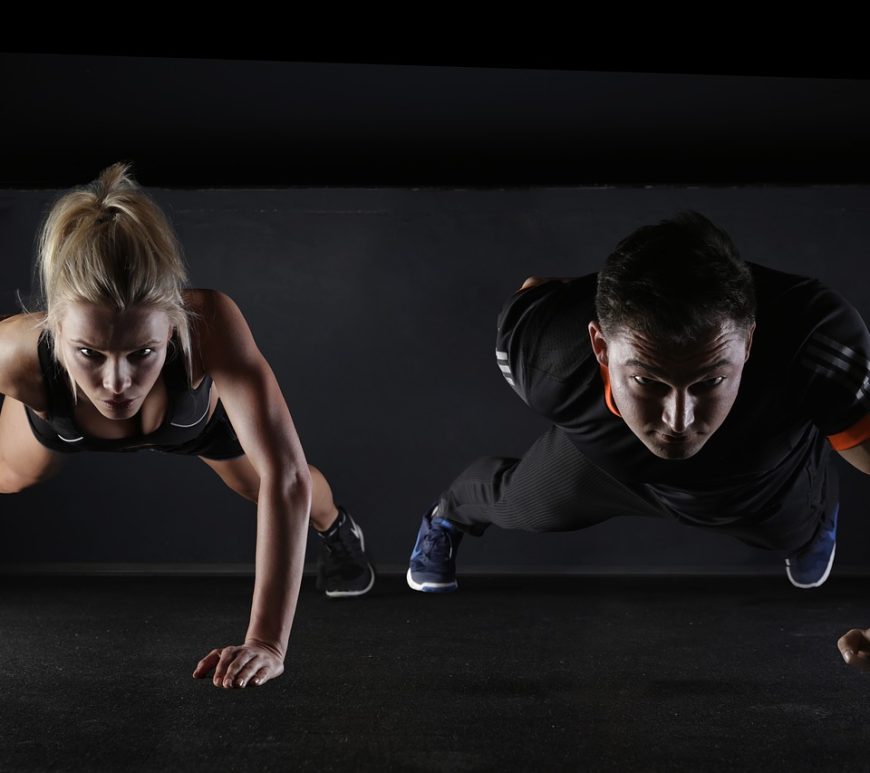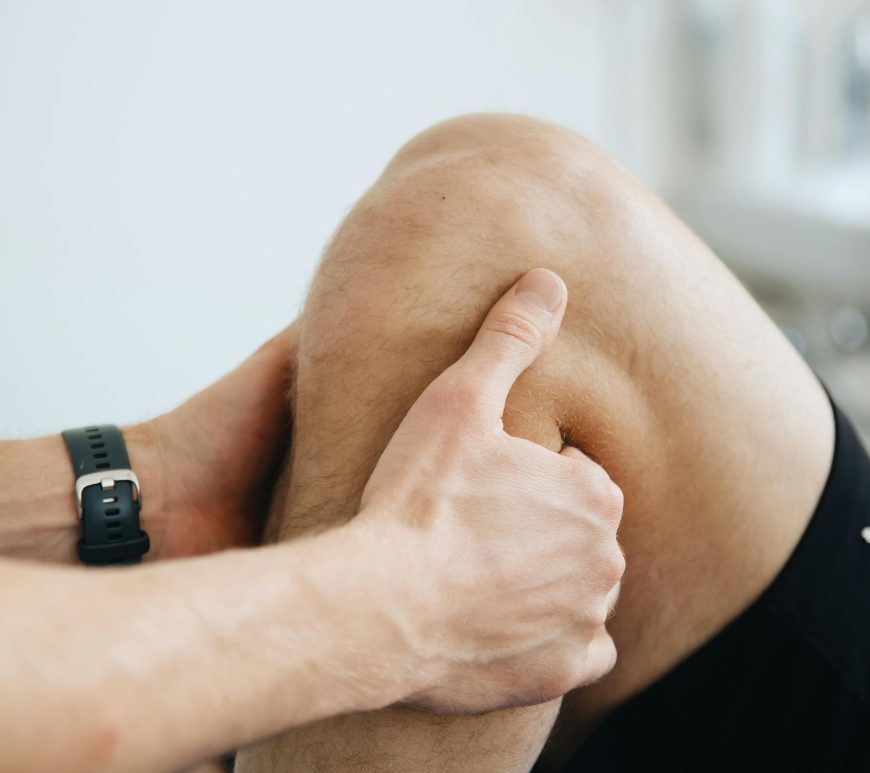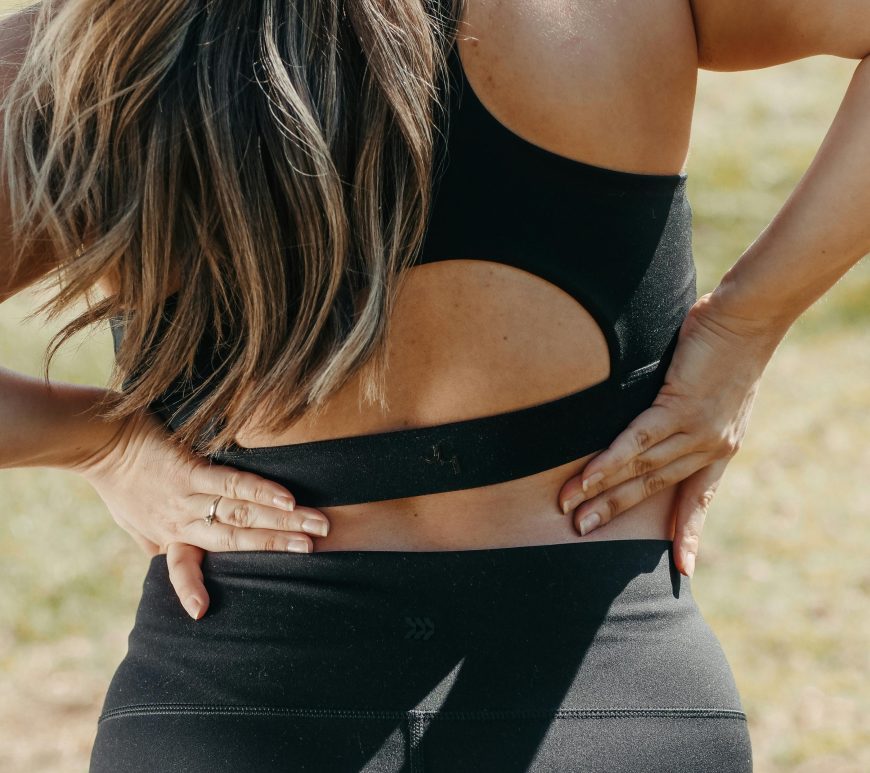
Is physical therapy the key to reducing work absenteeism in dental professionals?
Musculoskeletal disorders are a common occupational hazard in the field of dentistry, impacting the daily lives and productivity of practitioners. In 2013, a study spearheaded by Dan Nemes and his team, has shed light on the effectiveness of physical therapy combined with medical treatment in alleviating these conditions. This two-year prospective study involved 390 dentists diagnosed with a range of ailments, including low back pain, … Continue reading Is physical therapy the key to reducing work absenteeism in dental professionals?



